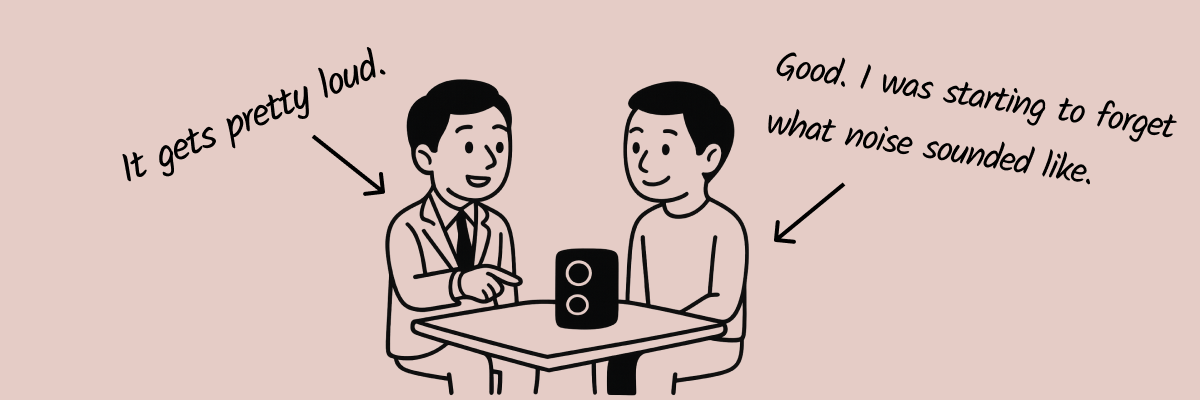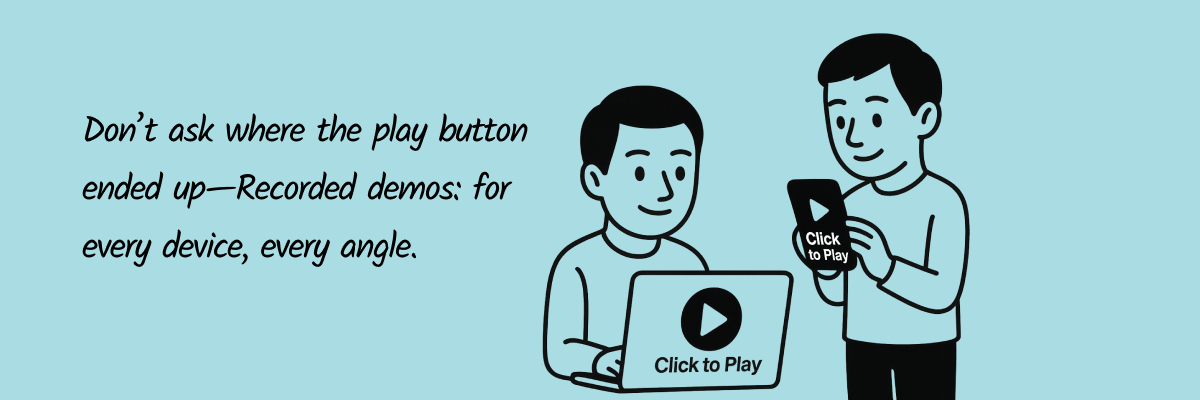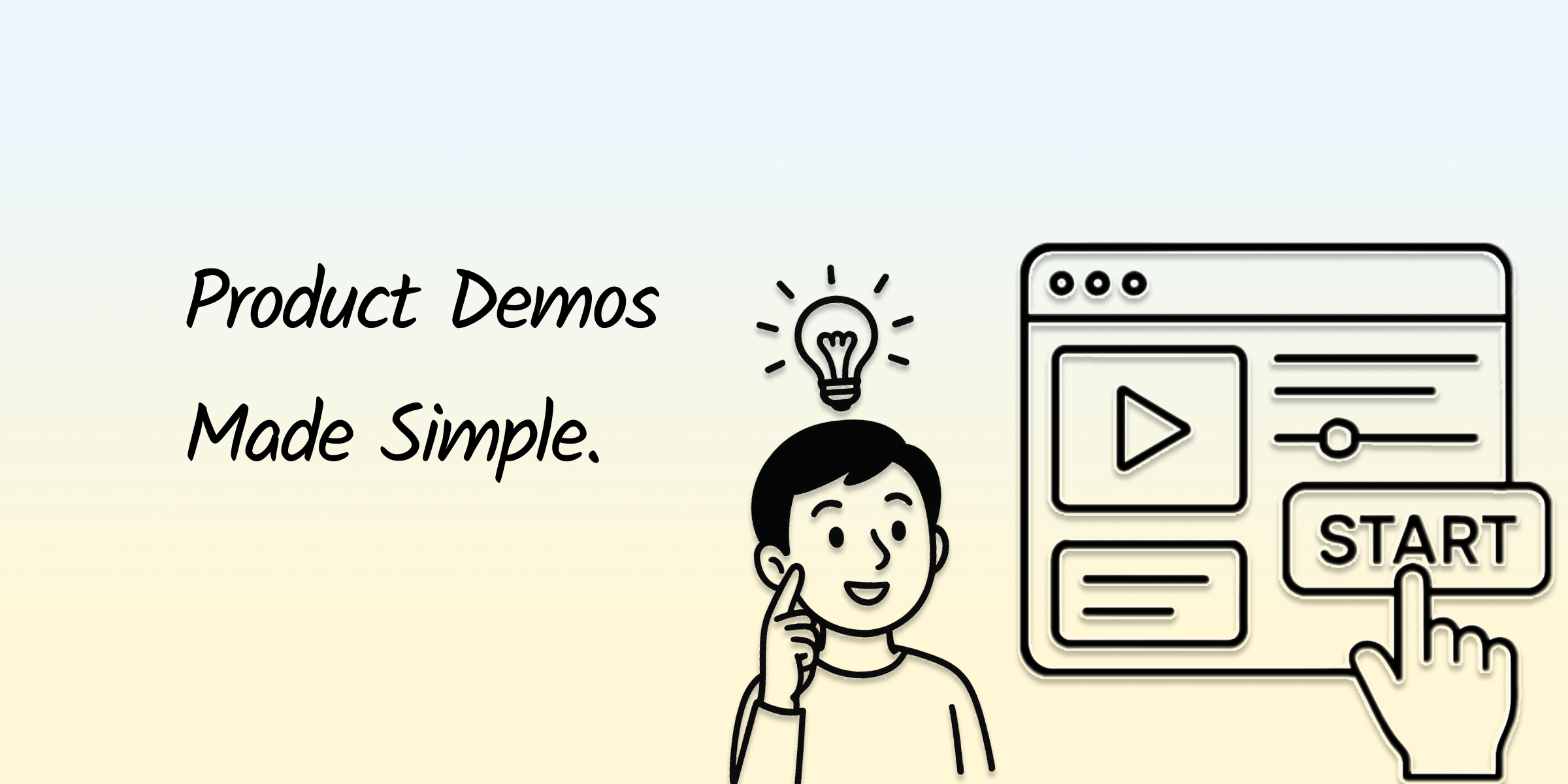Sometimes, it's not about your product not being good enough, but about failing to communicate its value to users. That's where product demos come in.
What is Product Demo
A product demonstration, often referred to as a "demo," is a presentation designed to showcase the features, benefits, and functionalities of a product. The primary goal is to provide potential customers with a tangible experience of how the product works, ultimately guiding them toward making a purchase decision.(Wikipedia)
Why Product Demo Matter
The primary goal of a product demonstration is to provide clarity to potential buyers about how a product can meet their specific needs. By illustrating real-world applications and detailing unique product features, companies create a tangible connection between the consumer's problem and the proposed solution. This engagement not only supports informed decision-making but also addresses anxiety around product usability.
Research indicates that nearly 95% of purchasing decisions are made subconsciously.
That's why product demonstrations are so important. They effectively tap into consumers' subconscious minds, influencing their purchasing choices.
- Accelerates Sales Processes: Product demos can considerably speed up the journey from initial interest to final purchase. In fact, a well-crafted demo can act as a powerful sales tool, guiding potential customers through the buying process and even closing the deal without the need for direct sales intervention.
- Builds Trust: Demonstrations provide concrete proof of a product's value, moving beyond mere claims to show real-world applications.
- Gathers Direct Feedback: Real-time interactions during demos offer invaluable insights, helping to refine products and meet market demands more effectively.
- Enhances Engagement: Visually engaging and interactive demos can capture and retain customer interest more effectively than static content.
- Reinforces Brand Identity: Demos provide an excellent platform to highlight a brand's unique personality and values, aiding differentiation in a crowded marketplace.
Types of Product Demo
Think of product demos as fashion shows, but for your product! Every show has its own vibe and style, right? Well, product demos are the same way. Whether you're rocking a sleek PowerPoint or a full-on interactive experience, there's a perfect demo out there for your product. Let's dive into some of the most popular types.
1. Live Demo
A live demo is a real-time, interactive way to showcase your product or service, often through in-person presentations or webinars. It's perfect for products that rely heavily on the user experience or have complex features and functions. For example, many people prefer to visit a physical furniture store to try out sofas and chairs before buying – that's a live demo! This kind of hands-on experience allows salespeople to better understand customer needs, answer questions on the spot, and provide a more personalized experience. It's a great way to boost sales.

2. Recorded Video Demos
A recorded product demo is a pre-recorded video that showcases a product's features and functions. It's a convenient way for users to watch whenever and wherever they want, has a wide reach, and can be reused. This format is common for content-based products like paid online courses and those everyday product tutorial videos we see.

3. Interactive Demos
An interactive demo lets users actively explore a product through clickable prototypes, simulations, or guided tours. The beauty of this approach is that it allows potential customers to delve into a product at their own pace, creating an immersive experience. By interacting with the product's features, customers can get excited about what it can do. For example, many real estate platforms now offer 3D home models and virtual tours, giving users a realistic view of a property. Similarly, many websites, especially login pages, often use interactive demos like those offered by platforms such as Snapdemo, which allow users to experience a product in real-time, helping them quickly understand its value before committing.

4. Webinars
Webinars are online events that you can watch live or on-demand. They're like online conferences where you can ask questions, take polls, and chat in real-time. Because they're easy to record and share, webinars are a great way to reach a global audience. Plus, they're budget-friendly and can be scaled to any size audience. You'll often find webinars for product launches or industry events.

5. Trial Offers
Exactly! A free trial is like a mini product demo. It's a great way to get potential customers hooked. It's a win-win situation because it's interactive and persuasive. By letting customers try before they buy, companies can give them a better understanding of the product and its benefits.

6. Expert Reviews
Expert reviews are like getting a recommendation from a trusted friend. When experts create video reviews, they can break down a product in a way that's easy to understand and trust. This third-party validation is gold for consumers who are looking for reliable opinions. Tech bloggers reviewing new gadgets or popular unboxing videos are great examples of this.

How to Pick the Right Demo
Choosing the right demo comes down to three things:
your product, your audience, and your goals.
- If your product is complex, go for live or interactive.
- If you want scale, try a recorded demo.
- Selling to busy folks? Offer a quick walkthrough they can access anytime.
Common Pitfalls to Watch Out For
Not all demos hit the mark—and sometimes, it's not about what you're showing, but how you're showing it.
One common mistake? Overlooking third-party validation.
Expert reviews are like getting a recommendation from a trusted friend. When tech bloggers or influencers create video reviews, they break down complex features in a way that's relatable and trustworthy. Skipping this kind of social proof means missing out on a powerful trust-building tool. A demo on its own can inform—but a demo backed by experts? That convinces.
Another misstep is choosing the wrong demo format. For example, using a static video for a product that’s meant to be interactive, or relying on a live demo when your audience wants to explore at their own pace. Always match the demo type to your audience and product strengths.
Then there’s the issue of length. It’s easy to get carried away with showing every single feature, but keeping it short and sweet is key. Long, drawn-out demos can overwhelm your audience and lose their attention. Stick to the most compelling aspects and let users dive deeper on their own if they want more.
And don’t forget the follow-up. A great demo should leave users curious, excited—and with a clear path to take the next step. No call to action? That’s a missed opportunity.
Final Thoughts
At the end of the day, a great product is only half the story. The other half? How you show it.
Demos turn curiosity into confidence, and features into real-world solutions.
So go ahead—let your product shine.
Because sometimes, the best pitch... doesn’t need words at all.

